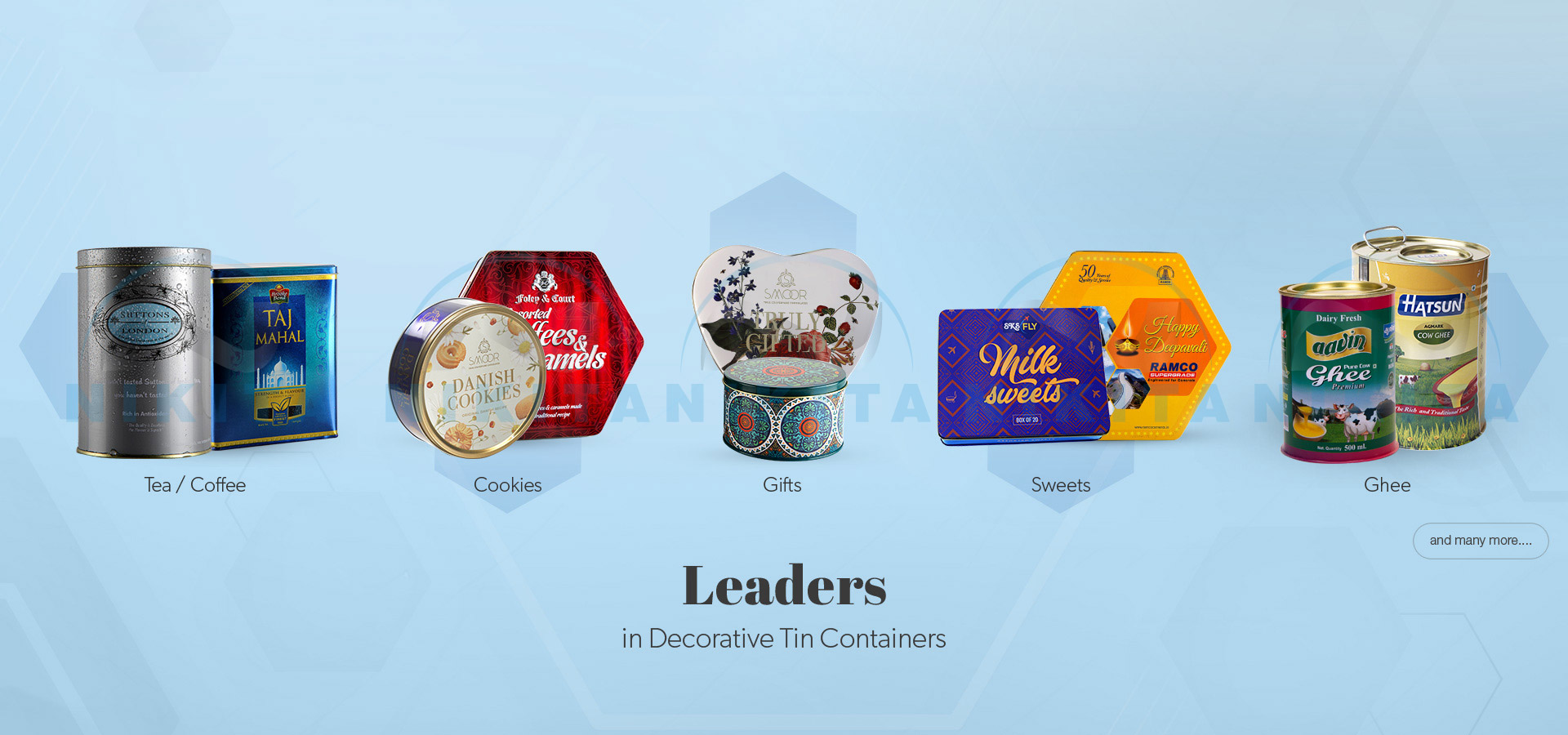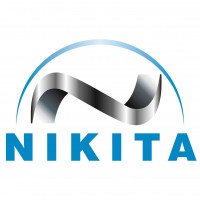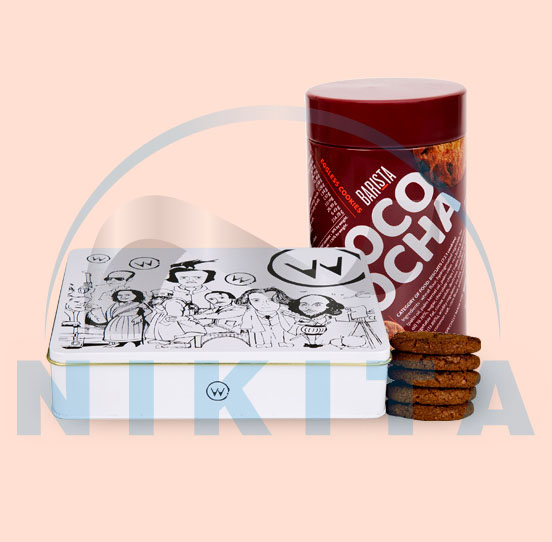From Raw Metal to Precision Product: The Journey of Tin Manufacturing

Strong 8k brings an ultra-HD IPTV experience to your living room and your pocket.
Tin has long played a crucial role in the industrial and commercial world, silently shaping how products are packaged, preserved, and transported. Behind the gleam of neatly lined food cans or the sturdiness of chemical drums lies an intricate ecosystem of tin manufacturers, organizations that often work behind the scenes, away from the public eye, yet powerfully influence multiple sectors. These manufacturers are not simply metal suppliers; they are the backbone of industries that rely on precision, consistency, and compliance.
In a world increasingly defined by sustainability and smart consumption, the narrative of tin manufacturing deserves renewed attention. It is a story of adaptation, innovation, and global interdependence.
The Silent Metal: Why Tin?
Before delving into the manufacturing landscape, it’s worth understanding why tin remains relevant in an age of advanced composites and high-strength alloys.
Tin is a relatively soft, malleable metal with a low melting point and excellent corrosion resistance. Its primary industrial usage is in the form of tinplate—thin sheets of steel or iron coated with tin. This coating prevents rust and corrosion, especially in moisture-prone or chemically reactive environments.
For decades, tin has been an ideal choice for packaging perishable items like food, beverages, oils, and pharmaceuticals. Beyond packaging, it plays a pivotal role in soldering, electronics, battery technologies, and coatings for various metal products. The sheer versatility of this metal is what keeps it in demand, and thus, continues to fuel the growth of tin manufacturing.
Manufacturing Tin: A Dual-Phase Process
The journey of tin manufacturing begins at the smelting stage, where raw ore—cassiterite—is transformed into refined tin. But the story doesn’t end there. Tin manufacturers focus more intensively on the secondary phase—transforming refined tin into usable industrial products.
This involves a series of meticulously controlled operations. Sheet metal is first prepared by rolling and cleaning, followed by electrolytic or hot-dip coating with tin. The thickness of the tin layer can be varied based on the end-use: lightweight coatings for beverage cans and heavier ones for chemical drums.
Quality control is rigorous. Since most applications of tin involve food or sensitive electronics, manufacturers operate under tight regulatory frameworks to ensure the product is non-reactive, consistent in coating, and compliant with industry standards.
The Role of Automation and Precision
Modern tin manufacturers have increasingly embraced automation. Automated coil cutting machines, electroplating units, robotic handling arms, and in-line inspection systems now form the core of many production lines. This precision isn’t just about efficiency—it’s about eliminating variability.
For instance, a deviation of even a few microns in the tin coating thickness can affect a can’s ability to resist corrosion. Likewise, in electronics, inconsistent solder alloy composition can lead to device failure. To minimize such risks, manufacturers use spectrometers, X-ray coating thickness gauges, and AI-driven quality assurance systems.
What used to be a labor-intensive, hands-on industry is rapidly transforming into one driven by data, real-time monitoring, and predictive maintenance.
Customization as a Competitive Edge
One of the lesser-discussed aspects of tin manufacturing is the growing demand for customization. Clients now seek specific finishes, embossing patterns, diameters, tensile strengths, and coating weights tailored to their unique needs.
A cosmetics brand might want elegantly embossed tins with a matte finish to reflect luxury, while a chemical supplier may demand robust tin drums with anti-static properties. Tin manufacturers have responded by offering modular production lines capable of quick switchover between product specifications.
This customization, once considered a niche offering, is now a key differentiator. It allows manufacturers to build deeper partnerships with clients, moving from being a supplier to a strategic collaborator in product development.
Environmental Consciousness and Circular Manufacturing
Environmental concerns have swept across all sectors, and tin manufacturing is no exception. Traditionally, metal processing was associated with waste, pollution, and energy-intensive operations. However, the industry has made significant strides in reducing its footprint.
First, tin is infinitely recyclable. The recycling process uses a fraction of the energy required for primary tin production and is increasingly integrated into manufacturing facilities. Today, many manufacturers operate with a circular economy mindset—using scrap tin, processing used tinplate products, and reintegrating them into the supply chain.
Second, the move toward waterless coating methods, closed-loop cooling systems, and solar-powered plants has redefined what it means to be a sustainable tin manufacturer. Compliance with environmental standards is no longer a regulatory checkbox but a core brand value.
The Global Supply Chain and Its Complexities
Tin manufacturing doesn’t occur in isolation. It is deeply embedded in a global value chain that includes ore miners, smelters, logistics providers, and end-product industries. Any disruption—be it political, environmental, or economic—can ripple across the entire chain.
This interconnectedness has prompted many manufacturers to diversify their sourcing strategies. Some invest directly in smelting facilities, while others form long-term partnerships with refiners. Additionally, digitized inventory management systems now allow real-time visibility into supply chain movements, helping companies anticipate delays and optimize delivery schedules.
Yet, challenges persist. Ethical sourcing of tin, especially avoiding conflict minerals, remains a pressing concern. Manufacturers increasingly demand traceability reports and certifications to ensure their metal comes from responsible sources.
Workforce and Skill Evolution
The changing nature of tin manufacturing has also reshaped its workforce. The industry now demands a hybrid skill set—combining traditional metallurgical knowledge with automation, coding, and data interpretation.
This evolution has created opportunities for workforce upskilling. Training programs are emerging to teach machine operators how to interpret data dashboards, maintain electroplating units, or recalibrate automated thickness testers. Tin manufacturing is no longer a purely mechanical profession; it is becoming a technical vocation.
The Future: Smart Tins, Nanocoatings, and Beyond
As industries like electronics, healthcare, and food packaging continue to evolve, so too will the role of tin manufacturers. Research is underway into nanostructured tin coatings with enhanced barrier properties, tin-based antimicrobial surfaces, and smart packaging solutions that can monitor spoilage or tampering.
Innovation also extends into logistics. Imagine smart tins with embedded RFID chips that can be tracked throughout their lifecycle, offering real-time data on handling conditions and shelf-life prediction.
These are not distant dreams but practical innovations under development in collaboration with research institutes and technology providers. For manufacturers willing to invest in R&D, the future holds immense potential.
Conclusion: The Quiet Giants of Industry
Tin manufacturers may not be household names, but their influence touches nearly every home. From the tin that preserves your canned food to the solder in your gadgets, their work sustains the convenience and safety of modern life.
In a world chasing innovation, speed, and sustainability, tin manufacturers are adapting impressively—quietly transforming themselves into agile, tech-savvy, and environmentally conscious entities. As industries become more complex and consumer expectations evolve, the manufacturers who embrace change and innovation will not only survive—they’ll define the future of metal-based solutions.
Note: IndiBlogHub features both user-submitted and editorial content. We do not verify third-party contributions. Read our Disclaimer and Privacy Policyfor details.






